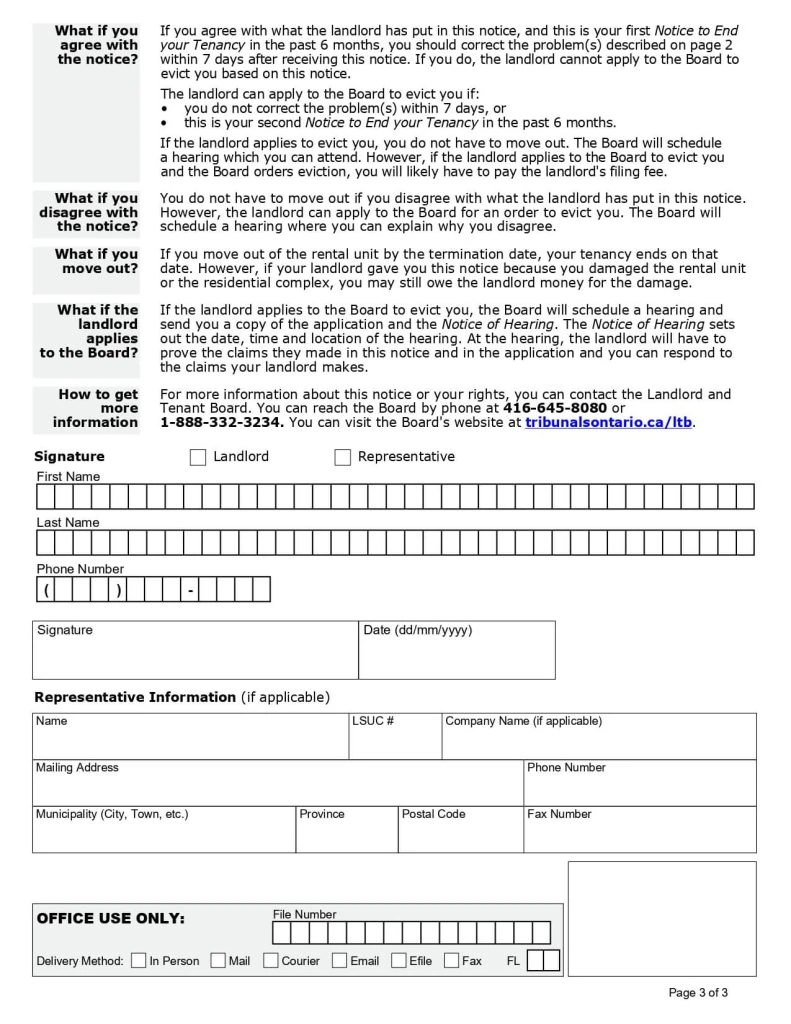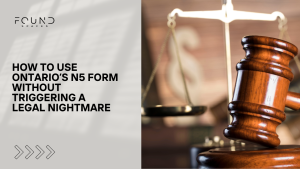As a landlord, navigating tenant issues can be challenging, especially when these issues affect other tenants or the rental property itself. Understanding when and how to use Form N5 – the Notice to End Your Tenancy for Interfering with Others, Damage, or Overcrowding – is essential. This guide will walk you through the reasons for issuing this notice and the correct process to follow.
Reasons for Issuing N5 Notice
Form N5 can be used in the following scenarios:
- Substantial Interference: If a tenant, their guest, or another occupant substantially interferes with another tenant’s reasonable enjoyment of the property or with your lawful rights as a landlord.
- Wilful or Negligent Damage: When a tenant or their guest wilfully or negligently causes damage to the rental unit or the complex.
- Overcrowding: If the number of occupants in a rental unit exceeds the limit set by health, safety, or property standards.



Download Form N5
Special Cases: Using Form N7
In buildings with three or fewer units where you reside, you can opt for Form N7 for serious issues, offering a shorter notice period and no option for the tenant to void the notice.
Process and Timeframes
- The Form N5 requires a 20-day notice for a first offense in six months, and a 14-day notice for a second offense.
- Provide specific details of the issues in the notice, including dates, times, and nature of the incidents.
- The tenant has 7 days to rectify the issue(s) stated in the first N5 notice to avoid eviction.
Completing Form N5
- Ensure to fill out the tenant and landlord names, and the complete address of the rental unit.
- Clearly state the termination date, considering the necessary notice period.
- Accurately shade the boxes next to each reason for issuing the notice.
Delivering the Notice
- Deliver the notice by hand, mailbox, mail slot, fax, courier, or mail.
- Avoid posting the notice on the tenant’s door.
Next Steps if the Issue is Not Resolved
- If the tenant fails to address the issues within 7 days, you can apply to the Landlord and Tenant Board (LTB) for eviction.
- Use Form L2 for this application and include a copy of the N5 notice and a Certificate of Service.
Using Form N5 responsibly and correctly is crucial for maintaining a harmonious residential complex. Always ensure the reasons are valid, the form is filled out correctly, and the process is legally compliant to avoid complications.




